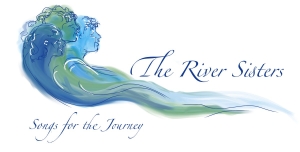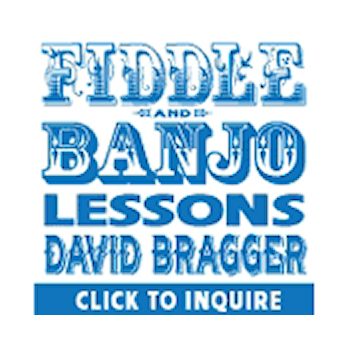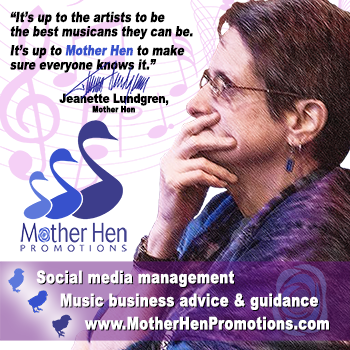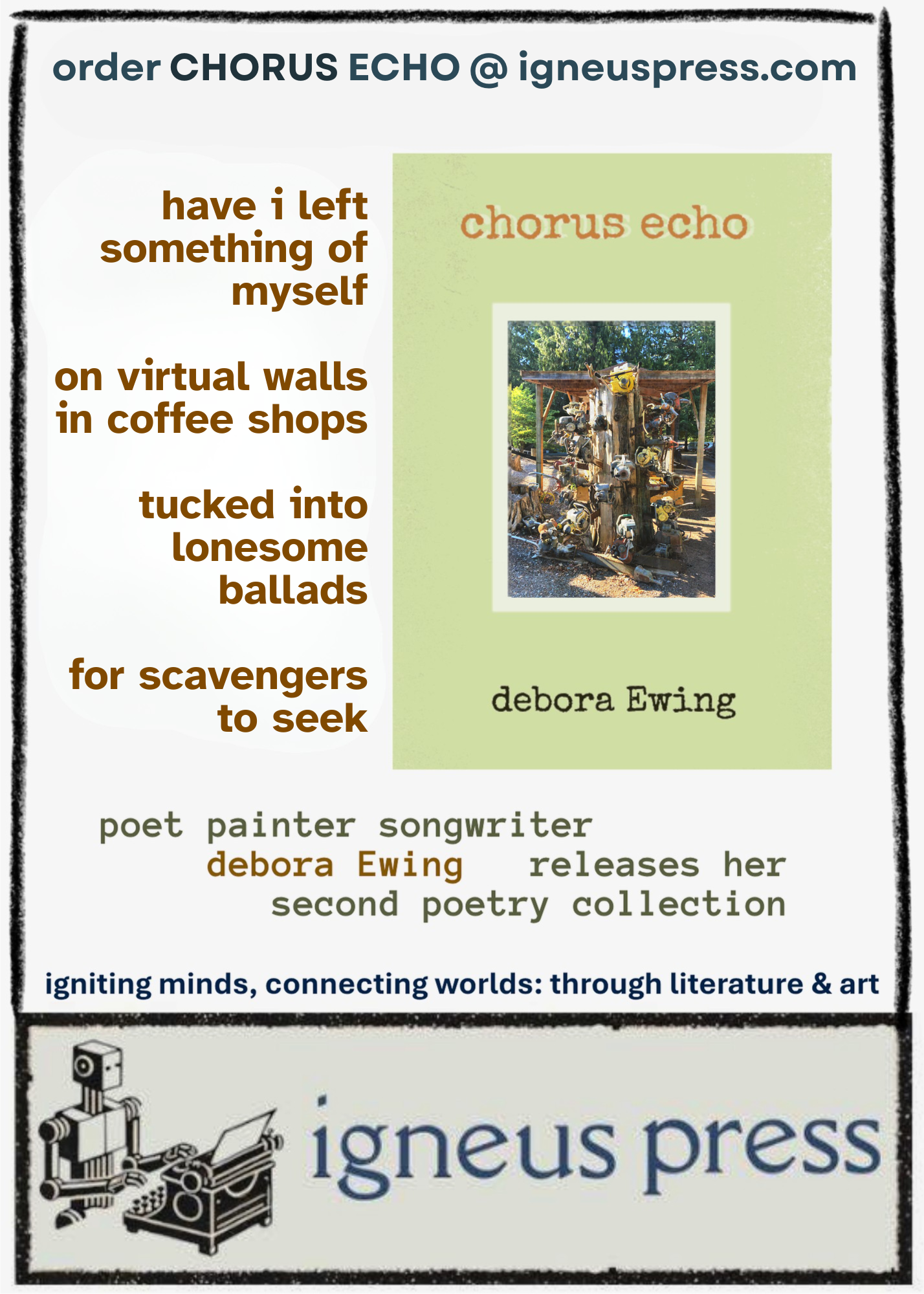COVID WARNING
Monthly open mic Folk Music Night is held Saturdays. Admission is free, but donations are welcome. The featured performers this month are The River Sisters.
The River Sisters are a new folk trio of three friends. They offer up traditional songs of the British Isles and America, as well as fresh original songs. These are songs that conjure up magical worlds and speak to the heart of the human condition. They round out their r epertoire with meaningful songs by other songwriters. With lush vocal harmonies and thoughtful instrumental accompaniment on guitar, banjo, piano, and more, they row you away on a river of song.
epertoire with meaningful songs by other songwriters. With lush vocal harmonies and thoughtful instrumental accompaniment on guitar, banjo, piano, and more, they row you away on a river of song.






